
The old line that "comedians suffer for their art" may sound like a cliche, but like most cliches there is a great deal of truth to it. In 2018, an eight-part CNN documentary series, The History of Comedy, took an entire episode, “The Spark of Madness,” to delve into the subject. Mental health issues have plagued a long list of gifted comedians from Jonathan Winters to Robin Williams to Hannah Gadsby, to cite only a few. It also beset the brilliant comic actor Bert Lahr (1895-1967), who fought depression his entire life. Living at a time when it was a potential career-ending stigma, Lahr, much like fellow comedians of his day, swept the darkness under the rug. It was extremely rare back then to seek the sort of help from which he could have benefited. Common was a belief that going to a psychiatrist for therapy could mar or even erase the very thing an artist felt made them uniquely talented, which only resulted in adding to their unhappiness.
John Lahr (as fine a writer on the theatre as any who've come before him or since), wrote a highly personal and haunting biography of his father titled Notes on a Cowardly Lion, published in 1969, two years after Bert Lahr's death. In these 1,700 words, I won't come close to the psychological complexity and one-on-one experiences that inform that beautiful book, which sympathetically portrays the deeply tortured private world his dad inhabited through a lifetime in show business. The amazing thing about Bert Lahr, is that though he will always be remembered for The Wizard of Oz, it hardly marked the peak of his career. When he played the role at age forty-four, he was already famous by way of burlesque, vaudeville, two-reel film comedies and the Broadway stage. He was one of the few aging vaudevillians who would continue in ways many of his contemporaries did not, managing to flourish in the theatre for twenty-five years more. He also added radio and television to his resume and even starred in a series of inimitable commercials for Frito Lay's Potato Chips, introducing the famous phrase "Betcha can't eat just one.”

John Lahr's bio was begun while his father was still alive (the manuscript was finished the week of his death) thus it contains a great deal of first-hand accounting from Bert Lahr himself. Of course, his son's research would reveal a more complex truth behind some stories as he had his mother to concur, embellish and contradict many of them, as well as other relatives and family friends. What comes through is a man who, in John Lahr's words, was "so powerful onscreen and so paralyzed off it." More to the point: "The clinical words wheeled out these days for his symptoms — "manic depressive," "bipolar" — can't convey the sensual, dramatic, almost reverent power of the moroseness that Dad could bring with him into a room, or the crazy joy he could manufacture out of it onstage... despite his ability to tease the last scintilla of laughter from a role, he had no idea how to brighten his own day."

Such was the paradox of Irving Lahrheim, born in 1895 on New York's Upper East Side to Augusta and Jacob Lahrheim, German Jewish immigrants. The Yorkville section of Manhattan was where many German Jews found housing in apartments they often shared with relatives, be they distant or close, or crammed into with other families to save on costs. Other Yorkville residents of that era that found fame and fortune in show business were the Marx Brothers and James Cagney (the Irish were the second most populated ethnic group in the neighborhood, which explains why Cagney often enjoyed peppering his phraseology with a "bissel" Yiddish).
According to Lahr's daughter, Jane, in an online interview last June with CloserWeekly.com, her father "went to school in the Bronx, but was bitten by the stage bug when he was still a kid. He and some of his neighborhood friends… organized a vaudeville act which Lahr coached and with the seven youngsters selected from the group, developed into the Seven Frolics. The kids actually got a few weeks work and it was the beginning of a career on the stage for Lahr."
Dropping out of school at fifteen, Lahr had a slow but steady rise, working his way up through burlesque and into vaudeville, creating characters that began to showcase not only his unorthodox comic take and precision timing, but the often strange sounds he developed, made more exaggerated by his broad New York accent. This is where the "gnong, gnong, gnong!" first appeared, which Lahr utilized for the Cowardly Lion.

In fact, the composer and lyricist of the score to Oz, Harold Arlen and "Yip" Harburg, had already written specialty material for Lahr in two successful Broadway revues, Life Begins at 8:40 (1934) and The Show is On (1936). The first song they wrote for the film was Lahr's big solo "If I Were King of the Forest," which they would never have written quite in that style had another actor been cast. As John Lahr says on the commentary for the Blu-Ray DVD edition of The Wizard of Oz: "That role is a kind of encyclopedia of what [my dad] had learned up until that time. Which is to say... it’s a compendium of all his moves. It’s not newly minted for Wizard of Oz. He brings all his best shtick to this role and it fits it." When the Lion receives his medal from the Wizard — "Courage" — Lahr sing-speaks, "Ain't the truth, ain't it the truth," a catch-phrase he'd used countless times in vaudeville. You can see a great deal of it here from this clip where Lahr satirizes the jazz and popular music scene of the 1930s, a year before he filmed Oz.
A genuine Broadway comic sensation, Lahr’s credits also include: Hold Everything (1928), Flying High (1930), Hot-Cha! (1932), George White’s Music Hall Varieties (1932), George White’s Scandals (1935) and Du Barry Was a Lady (1939) co-starring with Ethel Merman — all before The Wizard of Oz was released.

As wonderful as Lahr was in The Wizard of Oz, Frank Morgan, his co-star who played the Wizard, told him that after the film's release "it’s not going to do anything for your career." When Lahr asked why, the reply from Morgan was "because there aren’t that many lion parts in Hollywood." True to the myopic nature of film executives, Lahr's contract was dropped a year later. But even if it didn't launch him into film stardom, Lahr's performance is preserved forever. And if you see the film again watch how he lands each and every line and how he balances his broad style to perfection, making it work organically. He's not a grandstander strutting his stuff and stealing focus, but a genuine actor involved and listening and effortlessly blending with his fellow Yellow Brick Road companions, all the while being nonsensically hilarious.
In 1956, Bert Lahr changed his career irrevocably when he was cast as Estragon in the American premiere (in Florida, of all places) of Samuel Beckett's absurdist comedy/drama Waiting for Godot. "On opening night, half the audience walked out after the first act; the next day, there was a line at the box office—to return tickets," reported John Lahr in a 2009 New Yorker article titled "Panic Attack." Lahr further reports: "In Florida, he was at war with the audience, with Tom Ewell, who played Vladimir, and, most of all, with the director, Alan Schneider, whose name was forever banned from our dinner-table conversation. I also remember the thrill of the re-staged Broadway production later that year [with Ewell and Schneider replaced] and Dad’s profound satisfaction at his succès d’estime in New York. That fabled Broadway début, which lasted only ten weeks, was the highlight of my father’s half century on the American stage."
Bert Lahr, in an interview with the Elmira Advertiser, had this to say about the experience: “Waiting for Godot is the play that pleased, infuriated and confused in varying proportions. It was controversial. Those that hated it, spit at it. Yet it had its cult and it created a different type of audience for me. It was like playing Carnegie Hall; it changed my whole career. Before that, I was a buffoon. This gave me a chance to play Shaw and Moliere.”

Indeed, the later part of Lahr's life was filled with sensational roles that he played to the hilt. In the S. J. Perelman comedy, The Beauty Part, he played five different parts. And even though the play was a commercial failure, Lahr got his usual set of superb notices. Just look at this photo and tell me you wouldn't want to watch this scene right now!

Consider this statement he made to the Star-Gazette in 1962: "It doesn’t bother me that I’m the only one of the old bunch left on Broadway, but it is a little frightening to be all that’s left of a nearly vanished art. Years ago, if you wanted to be anybody, you had to be an original. Now everyone is eager to follow along and imitate someone else. At this point in my career, I want to develop all my alleged talents as much as possible." It's not for nothing, he won the Tony Award for Best Actor in a musical for Foxy shortly before his sixty-ninth birthday.
Lahr died in 1967 while he was filming The Night They Raided Minsky's. A body double and some test footage were used to fill the gaps, but its 1968 release wasn't the sendoff it might have been had he lived to finish it. And Lahr also didn't live to read a word of his son's biography. Whether it would have angered him, saddened him, or delighted him will never be known. But those who have read it since its publication over fifty years ago are grateful that it chronicles a time and place and a person that demands to be remembered. As John Lahr writes in his introduction, "He would have hated the book until the reviews came out."

If you enjoy these columns, check out Up in the Cheap Seats: A Historical Memoir of Broadway, available at Amazon.com in hardcover, softcover and e-book. And please feel free to email me with comments or questions at Ron@ronfassler.org.

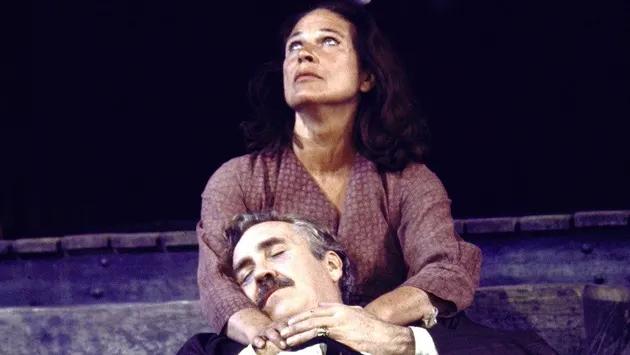

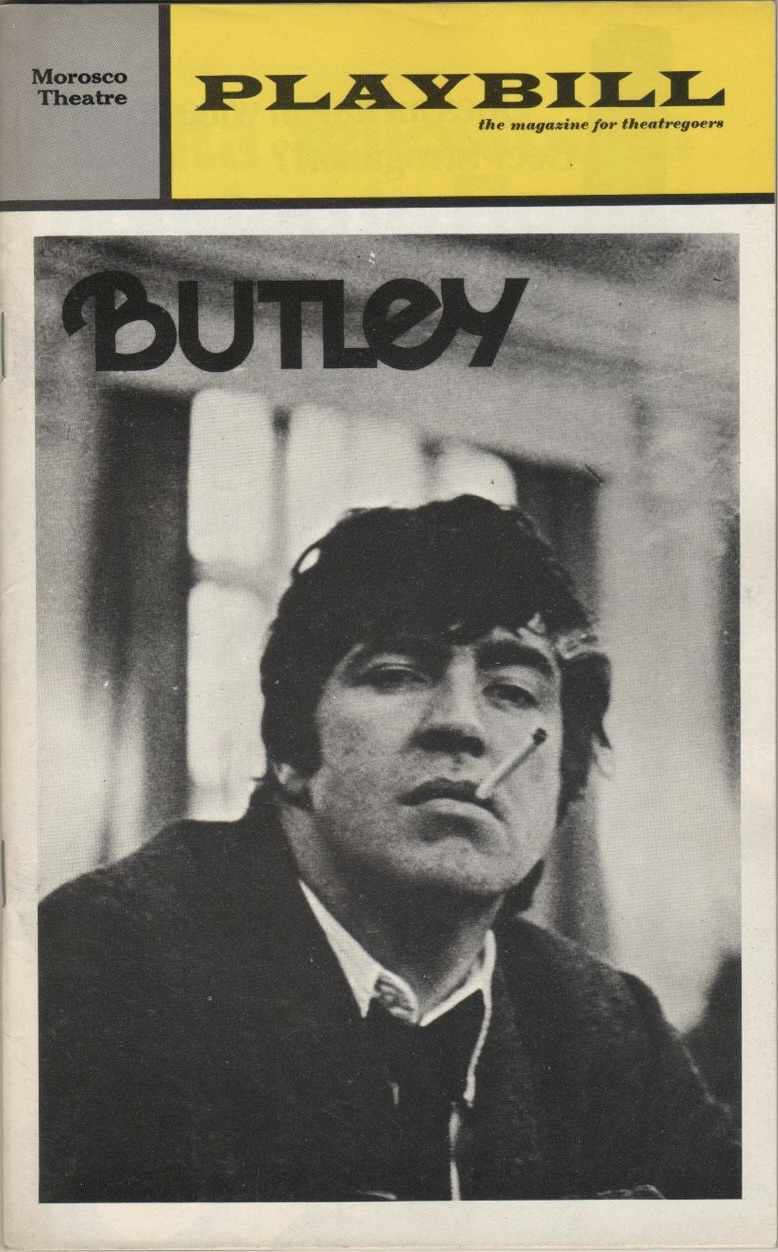
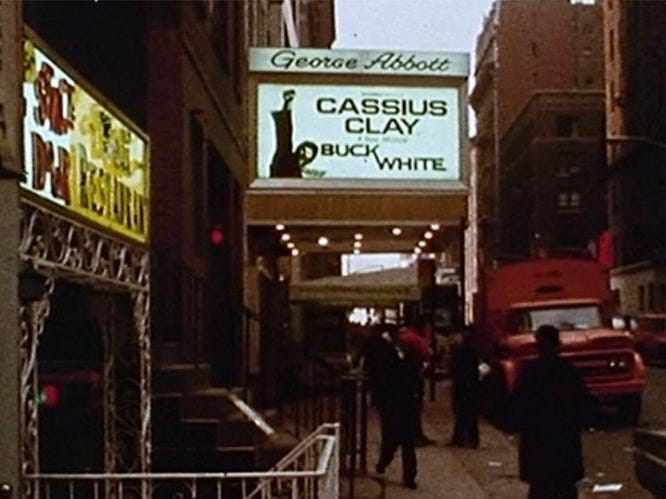

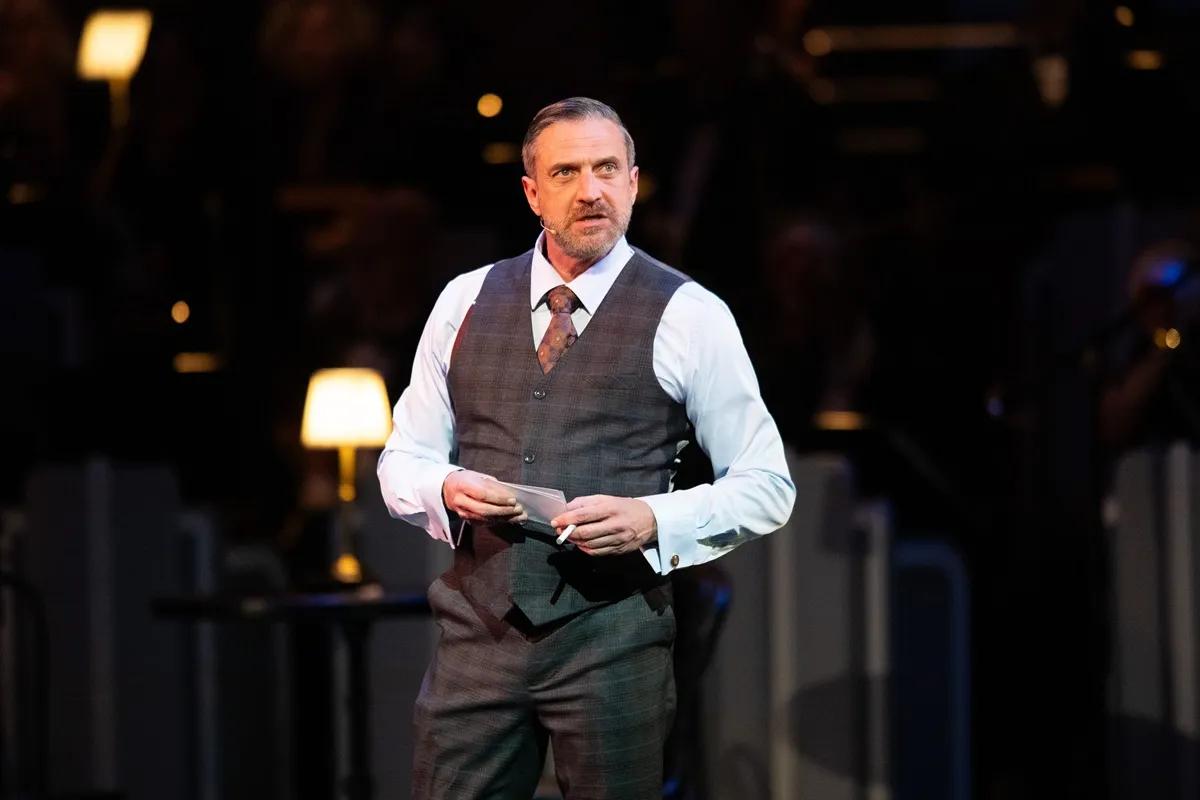

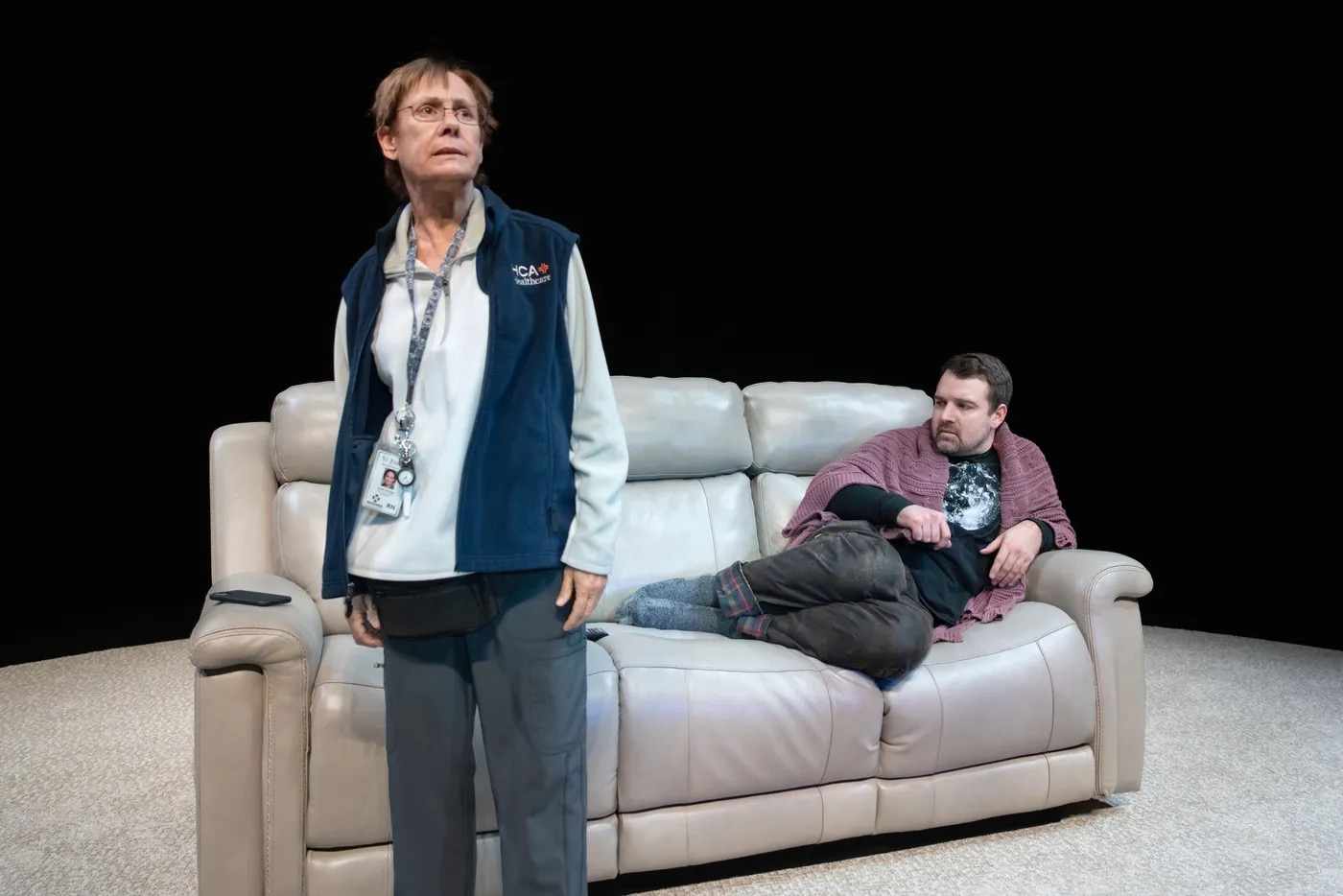
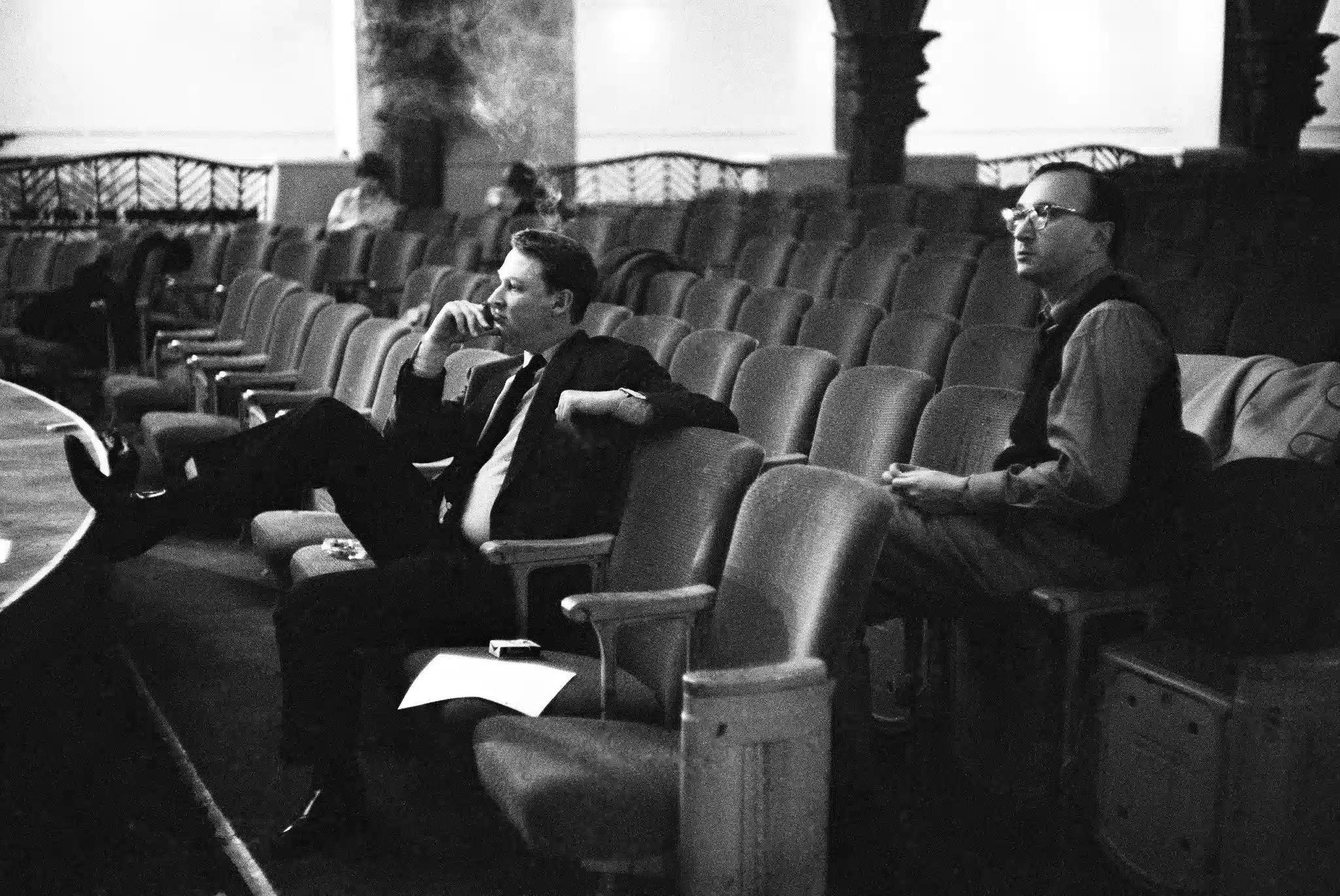

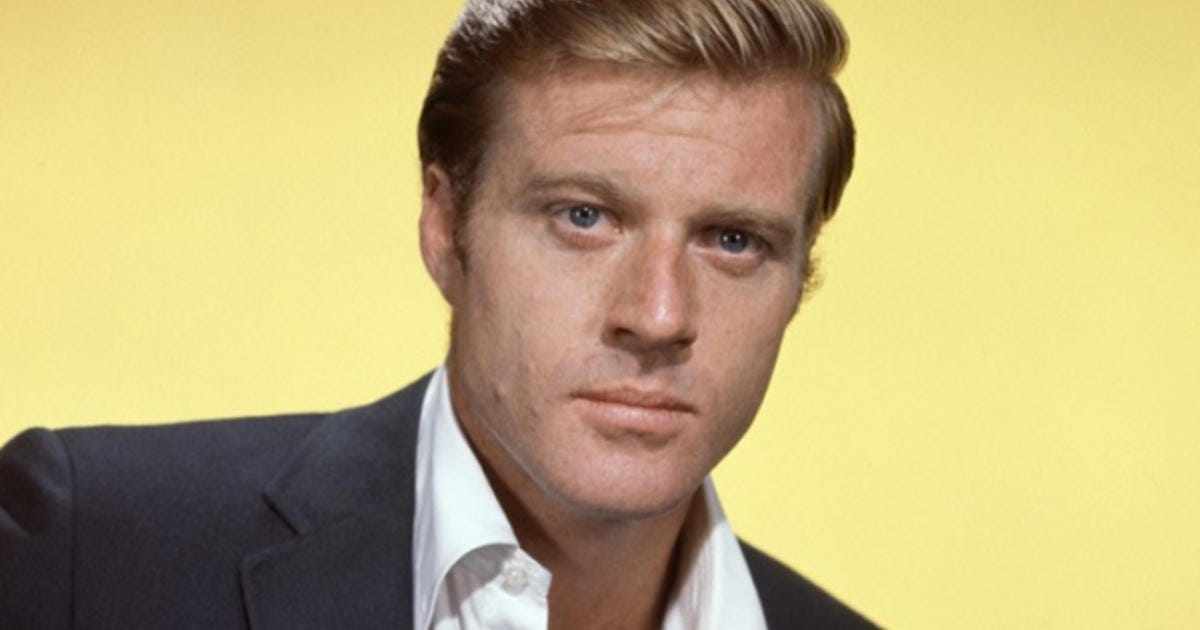
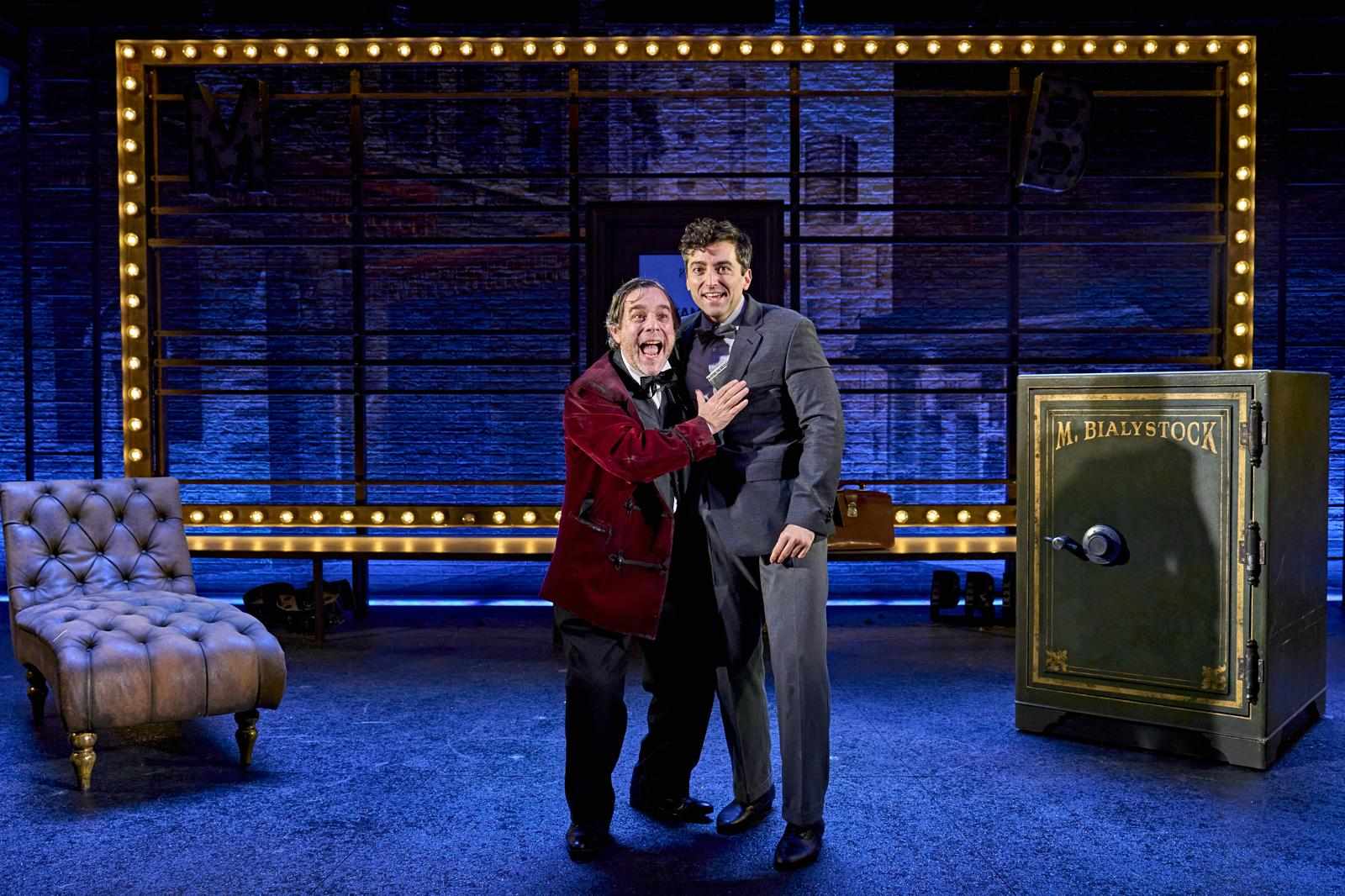
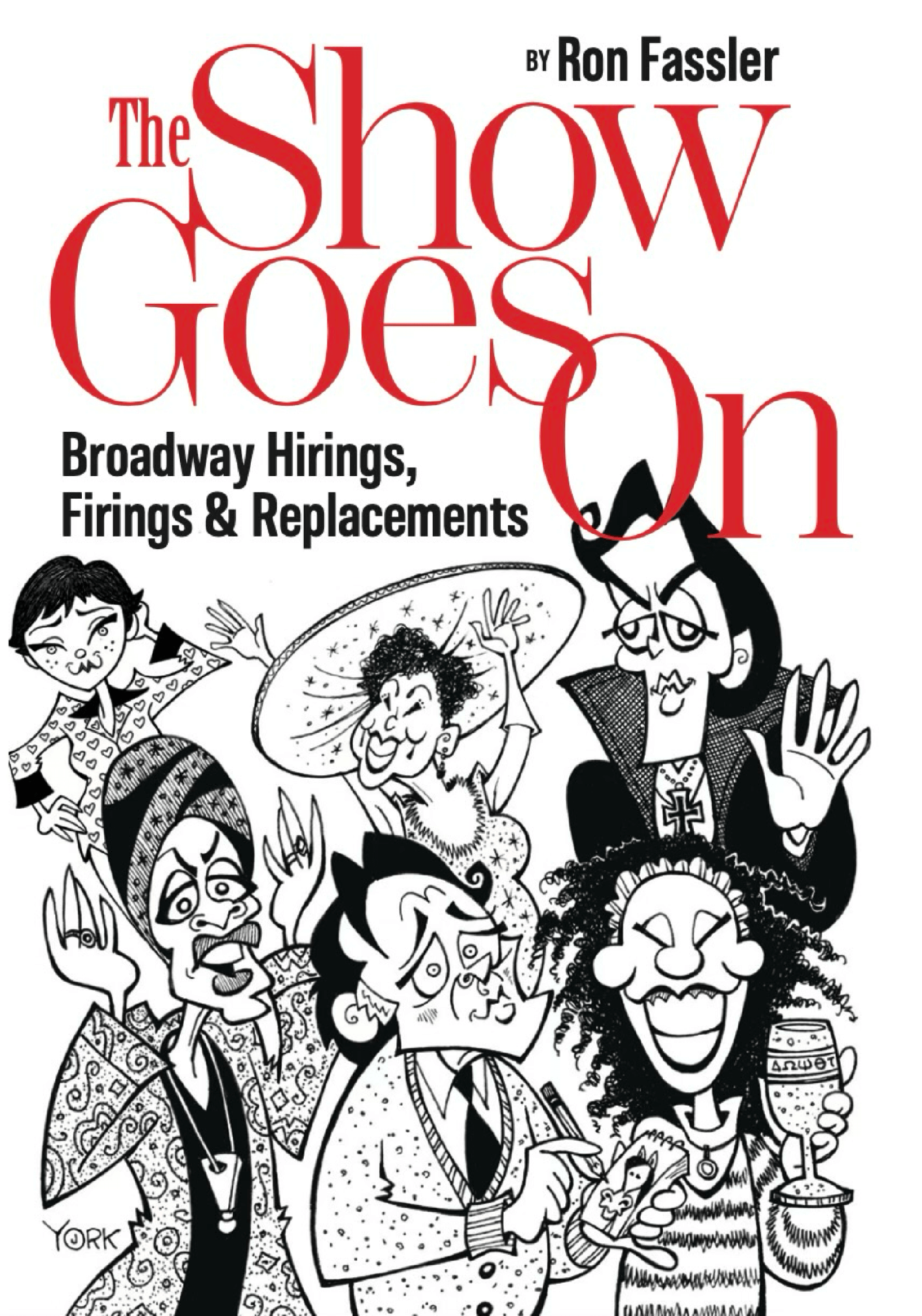

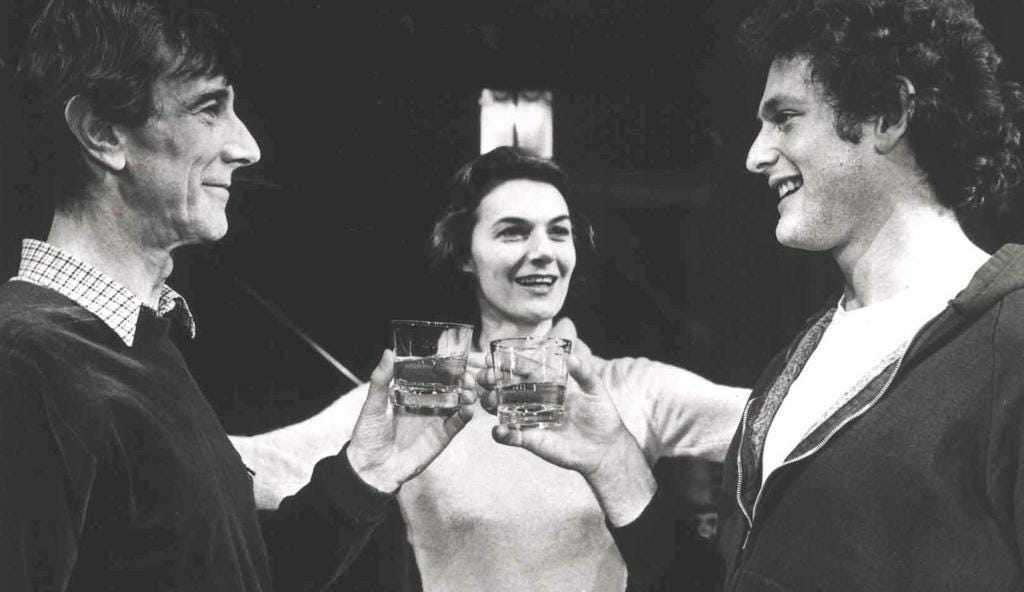





Write a comment ...